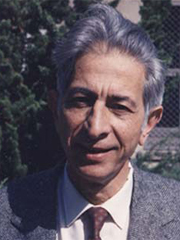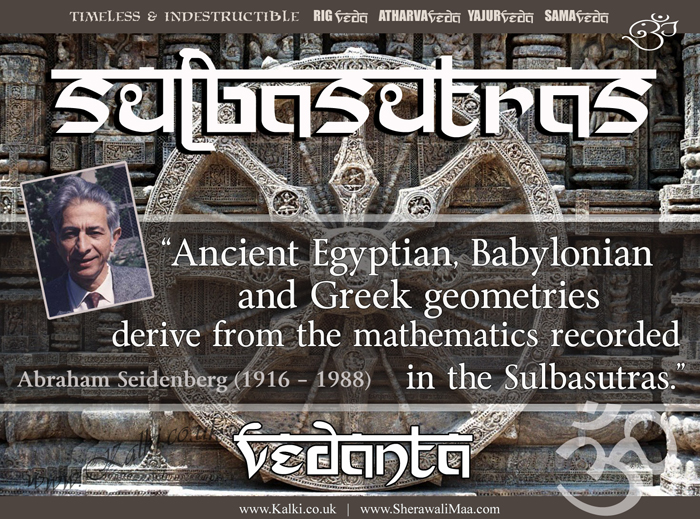Professor Emeritus
The distinguished mathematician and historian of mathematics Abraham Seidenberg, who taught at Berkeley for 42 years, died in Milan, Italy, on May 3, 1988. He had been born in Washington, D.C., on June 2, 1916 and received his B.A. degree at the University of Maryland in 1937 and his Ph.D. at Johns Hopkins in 1943 before joining the Department of Mathematics at Berkeley as Instructor in 1945. He became Professor in 1958 and Professor, Emeritus in 1987. His career included a Guggenheim Fellowship, Visiting Professorships at Harvard and at the University of Milan, and numerous invited addresses, including several series of lectures at the University of Milan, the National University of Mexico, and at the Accademia Nazionale dei Lincei in Rome. At the time of his death, he was in the midst of another series of lectures at the University of Milan.
Seidenberg's writings, as were his lectures, are noted for their meticulous clarity of expression. His publications in pure mathematics include some very influential work in commutative algebra, notably his joint paper with I.S. Cohen that greatly simplified the existing proofs of the so-called going-up and going-down theorems of ideal theory, and a recent series of papers on finiteness results and constructive methods in algebra. His articles on algebraic geometry include a much-quoted one on the normality of the general hyperplane section of a normal projective variety. His papers on differential algebra include several on the foundations of differential algebra, for any number of differentiations and for any field characteristic, on the Picard-Vessiot theory of homogeneous linear differential equations, and on the so-called Lefschetz-Seidenberg principle of differential algebra, an analog of the Lefschetz principle for algebraic geometry, which says, very roughly, that algebraic geometry of characteristic zero is the same as algebraic geometry over the field of complex numbers. Another famous result is the Tarski-Seidenberg theorem, to the effect that there is a decision procedure for algebra over the real number field and for elementary geometry, first proved by Tarski using complicated logical machinery, then restated more simply by Seidenberg and given a much simpler mathematical proof.
Seidenberg was the author of two textbooks aimed largely at undergraduate students, one in projective geometry, the other on algebraic curves. These reach impressive levels of depth and subtlety, bearing the imprint of his uncompromising dedication to mathematics. He was also the editor of a collection “Studies in Algebraic Geometry,” published under the auspices of the Mathematical Association of America.
Among Seidenberg's publications are a large number of articles on the mathematics of primitive peoples and on the history of mathematics, in particular on ancient mathematics. Most of these articles are in support of his thesis that both arithmetic and geometry have their origins in ritual. His sources are the anthropological literature and Egyptian, Babylonian, Greek, Indian and Chinese documents. Although this work was a center of some controversy, in large part because of the general aversion among anthropologists to diffusion theories of culture, important aspects of it have received striking vindication. Thus the eminent mathematician and historian of mathematics B.L. van der Waerden starts the introduction to his 1983 monograph “Geometry and Algebra in Ancient Civilizations” with the words
Until quite recently, we all thought that the history of mathematics begins with Babylonian and Egyptian arithmetic, algebra, and geometry. However, three recent discoveries have changed the picture entirely.
The first of these discoveries was made by A. Seidenberg. He studied the altar constructions in the Indian Sulvasutras and found that in these relatively ancient texts the “Theorem of Pythagoras” was used to construct a square equal in area to a given rectangle, and that this construction is just that of Euclid. From this and other facts he concluded that Babylonian algebra and geometry and Greek “geometrical algebra” and Hindu geometry are all derived from a common origin, in which altar constructions and the “Theorem of Pythagoras” played a central role.
Those who knew Seidenberg well, including many students, remember his warmth, compassion and integrity. He had a number of very dear friends.
He is survived by his widow, Ebe.
M. A. Rosenlicht G. P. Hochschild P. Lieber





